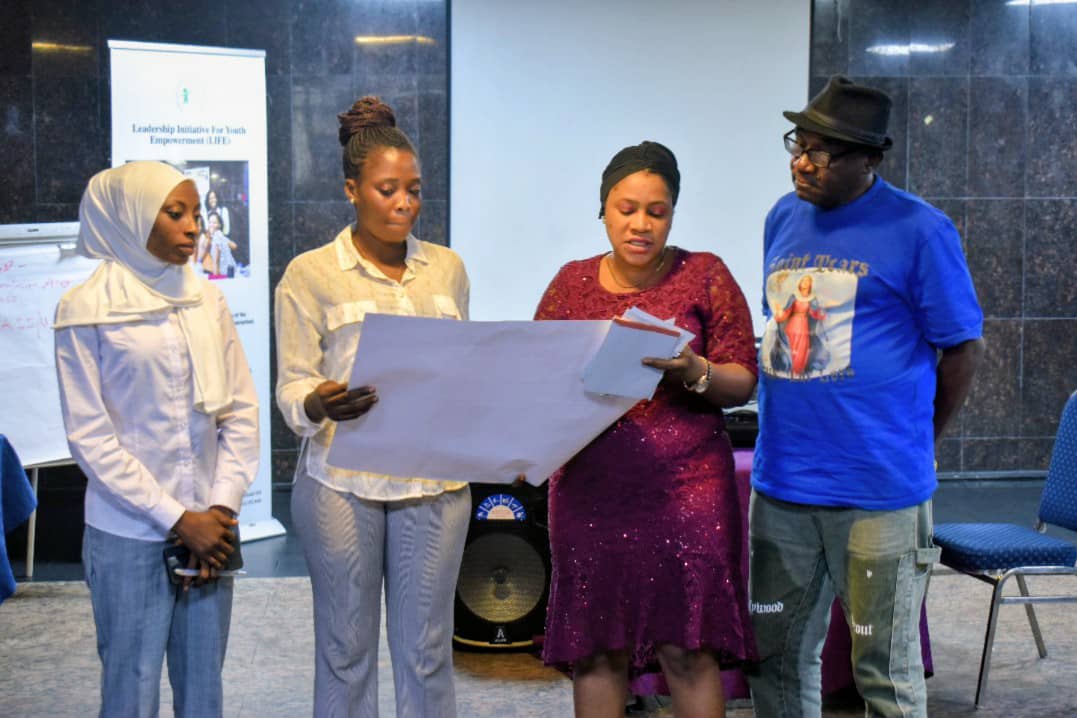The Nigeria Extractive Industries Transparency Initiative (NEITI) has said the 36 states of the federation could not fund their 2018 budgets despite receiving N4 trillion allocations for the period.
The receipts cover earnings from the Federation Account and Allocation Committee (FAAC) and internally generated revenues (IGRs), NEITI said in a quarterly review.
The report also raised concern over rising debt profile in the states as well as their over-dependence on the FAAC for funds.
According to the document, the gap between total revenues and budgets ranged between N28 billion in Enugu and N1.2 trillion in Cross River, showing that N2.849 trillion was from FAAC allocations while N1.103 trillion came from IGRs.
The review titled, “Insights from states’ 2018 total revenue profiles” revealed monies to that tier of government against their IGRs, FAAC receipts and the implications on their budgets for the year in question.
It stated: “While total FAAC allocations were N2.849 trillion, total deductions were N355.761 meaning that a total of N2.494 trillion represented actual net FAAC disbursements to the states. In 2018, after deductions, the combined total (net) revenue of all states was N3.597 trillion.
“The fact that states had significantly lower total revenues than budgets can lead to two scenarios. It is either that states will not fully implement their budgets or they will resort to borrowing to finance their budgets.”
NEITI’s analyses of the debt profile of the states showed that all of them have varying degrees of liabilities.
The report indicated that while some states have debts below N50 billion, Lagos State had the highest, accounting for N436.6 billion while Yobe and Jigawa are on the lowest step, posting N36 billion and N45 billion.
It noted further that states with the highest revenues not only had the highest budgets but also the highest deficits.
The budget deficits and debt levels, the report pointed out followed similar patterns with total revenues, adding that states and zones with higher total revenues also had higher budgets, higher budget deficits and higher debt levels.
NEITI added: “The South-South and South-West zones had the largest debt levels. Considering that these two zones had the largest budgets and budget deficits, it is not surprising that states in these two zones will borrow more in order to cover their deficits. The South-East had the lowest debt level.
“Considering the high levels of budget deficits and debt, it would be advisable for states to strategise and develop innovative ways of generating revenue in order to reduce their budget deficits and deter excessive borrowing. Then, expenditure on critical development and investment projects can be embarked upon.”
The survey, conducted with data obtained from the National Bureau of Statistics, Office of the Accountant General of the Federation and the Fiscal Disbursement Unit of NEITI, revealed that Lagos State had the highest total revenue of N501 billion while Osun had the lowest of N33 billion.
 The New Experience Newspapers Online News Indepth, Analysis and More
The New Experience Newspapers Online News Indepth, Analysis and More
